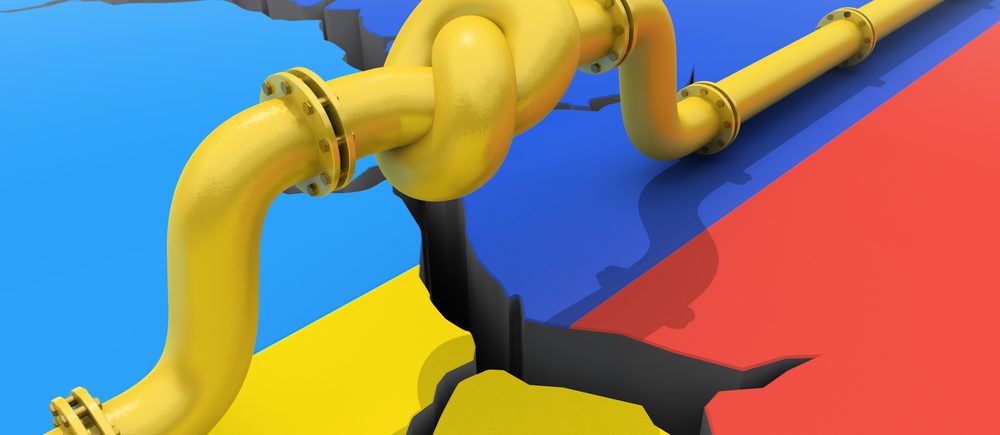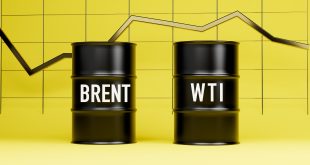Nord Stream 1 pipeline’s reduced gas flows via the was a significant factor that added more complication to the EU’s plan to fill gas storage units across the continent.
The EU’s goal as a whole is to replenish its gas storage to 80 percent full by the end of October. Even at lower import rates, most of the EU member states will store and accumulate enough gas for this winter.
The bad news is that the rate of exports to Europe has slowed down because of the explosion at Freeport LNG, which led to the suspension of operations at the facility until about the end of the year. Freeport LNG accounts for about 20% of US liquefaction capacity.
When Gazprom suspended the flow of gas earlier in July via the Nord Stream 1 pipeline, the EU, including Germany, specifically began to ponder means to get prepared for permanent halt in that flow. The deterioration in relations between Moscow, on the one hand and Brussels and Berlin, on the other hand made the said halt possible, but Gazprom restarted the flow of gas following the end of planned maintenance on July 21.
Days later, it said it would reduce these flows to 20 percent of capacity. Meanwhile, the EU is trying to fill its gas storage ahead of winter. It may fail to reach the levels it needs to go through the winter without more price and supply shocks.
The goal of the EU as a whole is to replenish its gas storage to 80 percent full by the end of October, Reuters noted in a recent analysis, citing data from Gas Infrastructure Europe. Germany is more ambitious, eyeing a storage fill level of 95 percent at the end of October.
If Gazprom continues sending gas to Germany at current rates via Nord Stream 1, the EU’s overall goal could be reached. Germany’s objective, however, could not. At 20 percent of capacity, the Nord Stream 1 pipeline could help the EU reach a storage fill level of between 75 and 80 percent. However, this would leave the EU with little gas at the end of the heating season.
As a result, Europe is likely to get through the heating season with only 20% gas in store at the end of March; namely a very low level. Gas storage levels across the EU were at close to 60 percent as of late June, thanks to higher than usual injection rates earlier in the year, as US exports of liquefied natural gas surged to all-time highs.
The latest export data shows that the United States supplied more LNG to Europe in the first half of this year than it did through the whole of 2021, Reuters reported this month. Europe overtook Asia as the biggest buyer of US liquefied natural gas early on in the year and continued to be the biggest buyer.

 Noor Trends News, Technical Analysis, Educational Tools and Recommendations
Noor Trends News, Technical Analysis, Educational Tools and Recommendations




